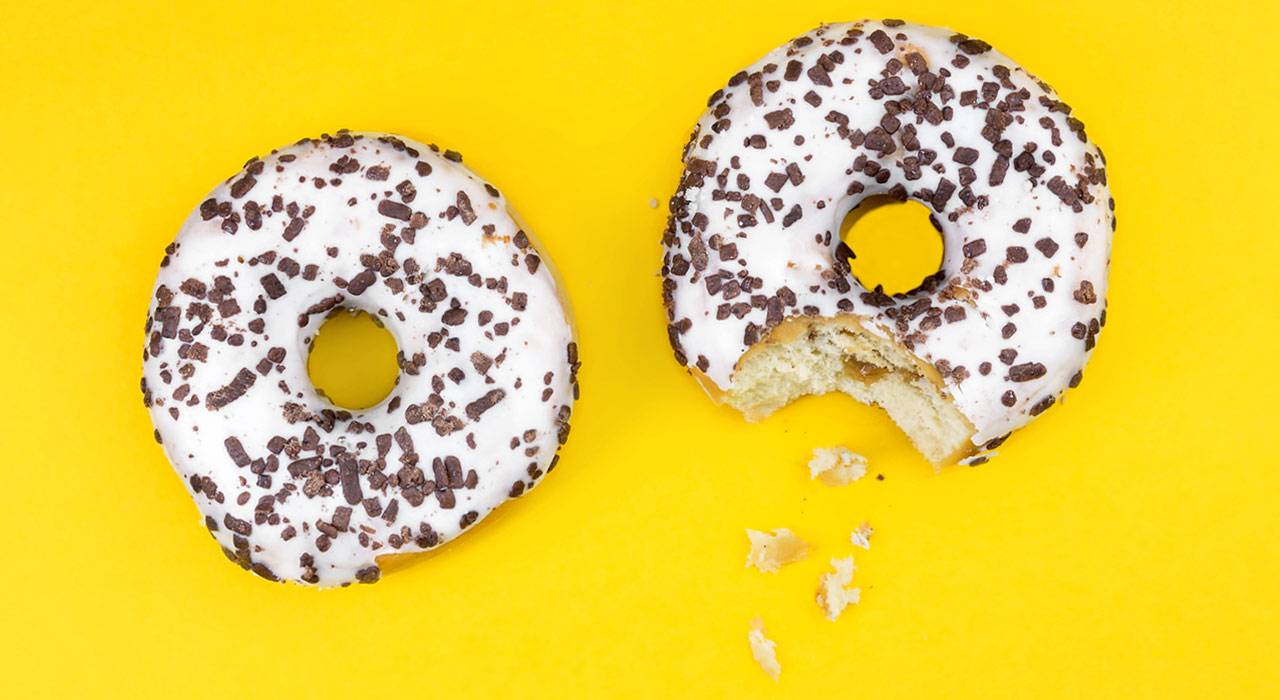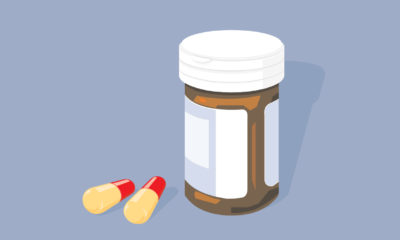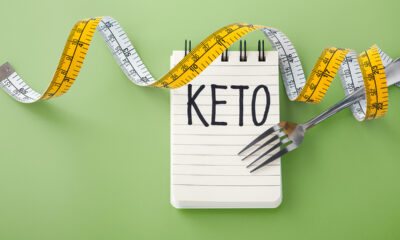Nutrition
Everything You Need To Know About Fat
When it comes to what we eat, there’s a lot of confusion about what’s good for us and what’s bad. Especially, when it comes to fat. Out of all the macronutrients, fat is deemed the worst of them all. Nutritionists tell us to eat less of it, science says we need to eat more, it can all get a tad confusing.
We’ve decided to smash through all the myths and get to the heart of the matter – what is fat and how much do we really need to be eating?
The science of fat
Along with protein and carbohydrates, fat is one of the three key macronutrients that supply calories to the body. Fat has nine calories per gram, which makes it the highest provider of calories, however it is essential for a functioning body.
Fat also serves as the storage substance for your extra calories. When we exercise, for the first 20 minutes, your body relies on energy from carbohydrates and then it starts burning stored fat to keep us going.
It isn’t just energy that consuming fat provides us. It’s also vital for healthy skin and hair as well as helping the body absorb and move vitamins A, D, E, and K through the bloodstream.
Researchers today don’t think that the quantity of fat you eat has a massive effect on your heart health, it’s all about the quality. Not all fats are created equally and we must be cautious of the types of fat we are consuming.
The three main types of dietary fats are: saturated, unsaturated and trans fat. While chemically they’re all extremely similar, the differences make them behave very differently.
Saturated fats
Saturated fats are usually solid at room temperature and are the largest dietary cause of high LDL levels otherwise known as ‘bad cholesterol’. They should be avoided or limited to 10% of your daily calories.
They’re mainly found in animal products such as butter, cheese, fatty meats and whole milk. They are also in some vegetable oils, coconut, palm and palm kernel oils.
– RELATED: Good Carbs vs. Bad Carbs: What’s The Difference? –
Unsaturated fats
These are the ‘good fats’ science talks about. They usually remain soft or liquid at room temperature. They still have a lot of calories, but help lower blood cholesterol. There are two types of unsaturated fats: monounsaturated fats and polyunsaturated fats.
Monounsaturated fats are found in most liquid oils and polyunsaturated are found in fish, walnuts and flaxseeds.
Trans fats
The worst of the three, but can appear naturally in foods such as beef and lamb. It’s the industrially produced trans-fat that has most doctors worried. They are made through a process called hydrogenation, which involved adding hydrogen to vegetable oil to make it more solid.
They should be avoided at all costs as they have been linked numerous times to heart disease. Trans fats are also the hardest to spot as they often don’t appear on nutritional labels. The only way to be sure is to look for the phrase ‘partially hydrogenated’.
Trans fats are in fried food, processed foods, margarine and commercial baked goods such as donuts and cookies.
How much fat do we need?
Experts recommend that we should get no more than 30% of our daily calories from fat, however, depending on where you’re getting that fat from, you can be less strict. Fats from omega-3s and monounsaturated fats come with many other nutritional benefits, so don’t feel like you should restrict these if they are adding additional valuable nutrients to your diet.
Fat is essential. It helps our bodies function, provides energy for our body and helps absorb vitamins and minerals. The best way to ensure you’re getting all the benefits and none of the bad stuff is to be cautious of the types of fats your consuming and keep it all in moderation.
For nutritional information and more, sign up to the TRAIN for HER newsletter.






















